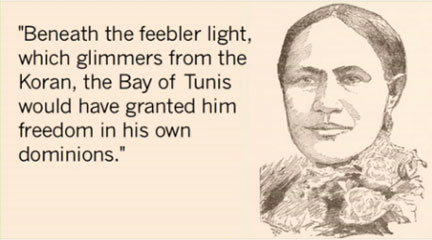Welcome to Best Practices
Spotlight on Elementary Education
Example of Historical Thinking

How did the women's suffrage movement use the rise of journalism to its [...] »

Watch Briana Zavadil White introduce teachers to portraits of inventors and [...] »

Whitman Ridgway outlines some of the context in which the Bill of Rights was [...] »

Excite students by introducing them to primary sources that answer questions [...] »

Watch Suzannah Niepold guide TAH teachers through analyzing the differences [...] »
Teaching in Action

Watch 4th-graders analyze cartoons about Virginia and Brown v. Board of [...] »

Introducing your students to primary sources for the first time? Watch [...] »
Using Primary Sources

Quantitative data, although seemingly daunting and impersonal, can help you [...] »

Teach students how to utilize primary sources with this game from [...] »
Teaching with Textbooks

Show your students how to challenge the authority gap between the textbook [...] »

The language of history textbooks challenges English language learners and [...] »

Turn your textbook into a conversation by scanning its language for biases [...] »

Class discussion and personal inquiry builds an interactive relationship [...] »

Make the most of your textbook—engage students in close reading and analysis [...] »


